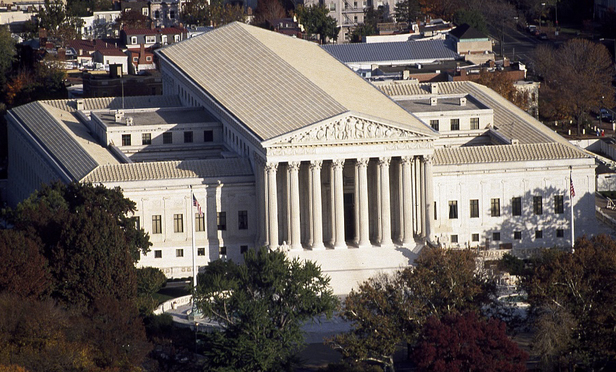The U.S. Supreme Court agreed to hear two cases, Halo Electronics v. Pulse Electronics, 769 F.3d 1371 (Fed. Cir. 2014), and Stryker v. Zimmer, 782 F.3d 649 (Fed. Cir. 2015), dealing directly with trebling damages in patent infringement cases. The patent statute, Title 35, governs treble damages at Section 284, and states: “The court may increase the damages up to three times the amount found or assessed.” This statutory provision is very similar to the provision governing attorney fees, Section 285, which states: “The court in exceptional cases may award reasonable attorney fees to the prevailing party.” Because the two statutory provisions have similar language, many in the patent litigation world are reading the tea leaves and trying to anticipate the court’s decisions in Halo and Striker. The interesting parallels in the cases have Supreme Court pundits on both sides making predictions.
The Halo case concerns an infringement suit against Pulse Electronics Inc. for violating U.S. Patent Nos. 5,656,985, 6,297,720 and 6,344,785, which are “directed to surface mount electronic packages containing transformers for mounting on a printed circuit board inside electronic devices,” according to the opinion. At trial, Halo Electronics Inc. was awarded reasonable royalty damages but no increased damages because Halo did not prove willfulness in the infringement. The district court determined that the objective component of the willfulness inquiry, a requirement for treble damages, was not satisfied because Pulse “reasonably relied on at least its obviousness defense” and it was not “objectively baseless.” The U.S. Court of Appeals for the Federal Circuit confirmed there was no willfulness under its prior decision in In re Seagate Technology LLC, 497 F.3d 1360, 1371 (Fed.Cir.2007) (en banc), which established the requisite two-prong, objective/subjective test for finding willful infringement. The more important part of the Federal Circuit’s Halo decision is Judge Kathleen O’Malley’s concurrence calling for a complete re-evaluation of the treble damages standard, specifically the willfulness prong, in light of the earlier Supreme Court decisions in Octane Fitness v. ICON Health & Fitness, 134 S.Ct. 1749, 188 L.Ed.2d 816 (2014), and Highmark v. Allcare Health Management System, ___ U.S. ___, 134 S.Ct. 1744, 188 L.Ed.2d 829 (2014). O’Malley reasoned that treble damages and attorney fees awards should be grouped because: the rigid framework from Brooks Furniture Manufacturing v. Dutailier International, 393 F.3d 1378, 1381-82 (Fed. Cir. 2005) (attorney fees) and Seagate (treble damages) are analogous; the authorization for attorney fees and treble damages are established “under similar provisions”; and, the standard for awarding treble damages “has closely mirrored” the standard for awarding attorney fees. Mirroring O’Malley’s concerns, the U.S. Supreme Court decided to review Halo to answer the following question: “Whether the Federal Circuit erred by applying a rigid, two-part test for enhancing patent infringement damages under 35 U.S.C. Section 284, that is the same as the rigid, two-part test this court rejected … in Octane Fitness … for imposing attorney fees under the similarly-worded 35 U.S.C. Section 285?”
This content has been archived. It is available through our partners, LexisNexis® and Bloomberg Law.
To view this content, please continue to their sites.
Not a Lexis Subscriber?
Subscribe Now
Not a Bloomberg Law Subscriber?
Subscribe Now
LexisNexis® and Bloomberg Law are third party online distributors of the broad collection of current and archived versions of ALM's legal news publications. LexisNexis® and Bloomberg Law customers are able to access and use ALM's content, including content from the National Law Journal, The American Lawyer, Legaltech News, The New York Law Journal, and Corporate Counsel, as well as other sources of legal information.
For questions call 1-877-256-2472 or contact us at [email protected]



